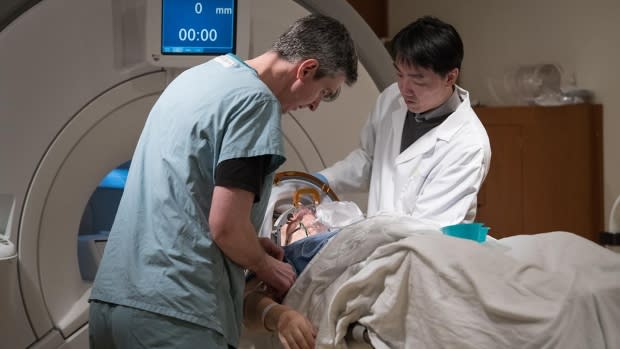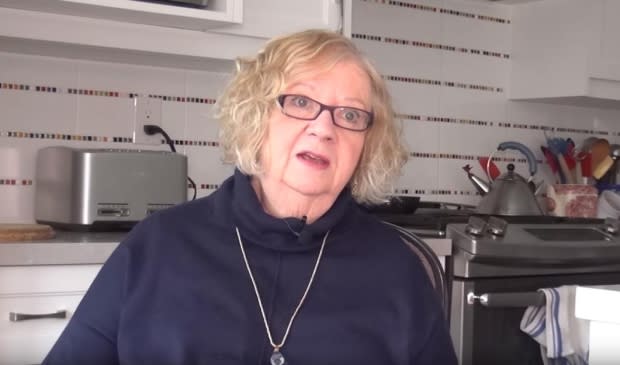Why researchers believe a radical new brain therapy could 'change medicine forever'
It's a procedure that's already been used to treat Alzheimer's, tremors and depression, but researchers believe a radical new form of brain therapy may have only scratched the surface of its full potential.
The procedure, called focused ultrasound, beams powerful sound waves deep into a patient's brain. The waves can be used to target and destroy the cells responsible for debilitating conditions and diseases, and they can also open up temporary pathways which medications can penetrate.
This Tuesday, the field's leading experts will gather for a two-day symposium hosted by Sunnybrook Hospital and the Canada Gairdner Foundation to explore a technology that, according to organizers, "could change medicine forever."
The symposium opens at 2 p.m. with a introduction by actor Alan Alda, who revealed his diagnosis with Parkinson's disease in July. Other speakers will include researchers and doctors from around the world, and the theoretical physicist Brian Greene.
How it works
Earlier this spring, Sunnybrook patient Linda Bohnen became the first person in North America to receive a focused ultrasound procedure to treat major depression.
Bohnen, who has been suffering from depression for more than 30 years, had tried a variety of medications and talk therapy, but none of the treatments produced lasting improvements without major side effects.
When doctors proposed focused ultrasound as a new tactic, she signed on without hesitation.
"It seemed like a genius idea," Bohnen told CBC Toronto.

On the day of the procedure, Bohnen was fitted with a helmet-like device, sedated and put inside an MRI machine. Over the next four to five hours, the helmet was used to zap a specific group of neurons in her brain that have been linked to depression.
In the past, doctors would have had to open her brain and use scalpels to destroy those neurons.
"There are these kind of calluses on my brain that I'll have forever, and that will prevent the depression circuits from working," she explained.
After about a week of headaches subsided, Bohnen said the change was unlike anything she'd experienced before.
"Since then, there's been a slow but steady improvement," she said, explaining that she now thinks more clearly than she has for decades.
What's next
While Bohnen's operation appears to have been a remarkable success, doctors and researchers say there are many more applications for focused ultrasound that have yet to be explored.
Dr. Nir Lipsman, who leads Sunnybrook's clinical research team, says the procedure is in its infancy, likening the current state of the technology to the brick cell phone era of the 1990s.
The next, smartphone-like breakthrough, he says, will be the use of low frequency waves that can open up pathways rather than destroy neurons.

"That's where a lot of the excitement is and certainly that will be a big part of what will be discussed at the symposium," he said.
That procedure can be used to open up temporary holes in the blood-brain barrier, the hard-to-penetrate border that protects the brain from germs and substances in the bloodstream.
Doctors can then use the temporary openings to target tumours with chemotherapy treatments, or use antibodies to combat other problems inside the brain.
Over the coming years, Lipsman says advancements in both low and high frequency focused ultrasound will open up new possibilities in non-invasive brain surgery.
The ultimate goal, he says, is "a safe, effective treatment for some of humanity's most troublesome and challenging disorders."
The symposium runs from Nov. 20 to 21 at the TELUS Centre's Koerner Hall.

